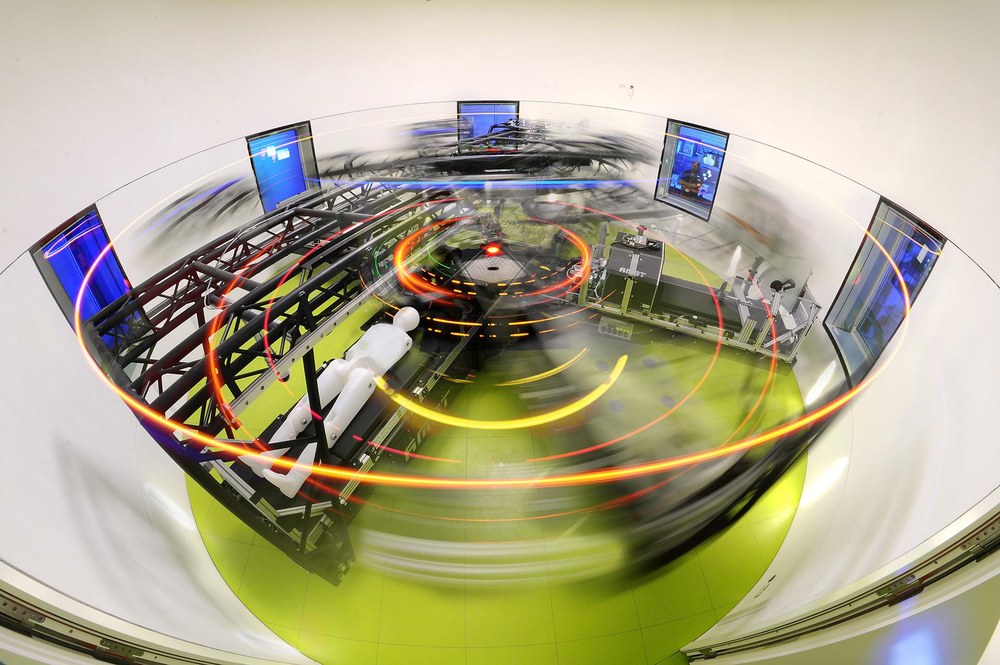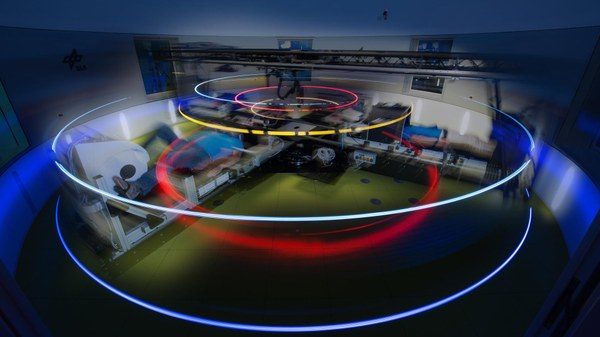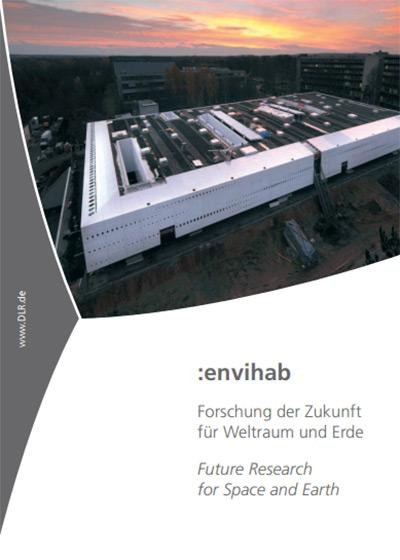Bed rest studies
In a zero-gravity environment, muscles and bones atrophy significantly, body fluids shift to the upper body, and there is less strain placed on the whole cardiovascular system, which then loses efficiency. In a nutshell, the degenerative process speeds up in space compared with what would happen on Earth.
Research into the human physiology of weightlessness is important not just for astronauts to maintain their health and fitness in space, but also for people on Earth. This is why space medicine can be just as valuable as research into health on Earth.
Lying in bed for the sake of science
Bedrest studies are considered to be the gold standard in space medical research when it comes to simulating the effect of weightlessness on the human body on Earth. The impact on the test subjects’ bodies during long-term bedrest studies are comparable to those experienced by astronauts in space. Depending on the research topic, initially simulating aspects on Earth, where the conditions are easier to control can bring advantages.
DLR has gathered a wealth of experience in the area of short-term and long-term bedrest studies. Launched in 2019, the Artificial Gravity Bed Rest Study (AGBRESA) is the first long-term bedrest study jointly conducted by DLR, NASA and ESA. In the :envihab research facility at DLR’s site in Cologne, researchers are using a short-arm human centrifuge for the first time to test whether artificial gravity can counteract bone and muscle atrophy.
News
Multimedia








